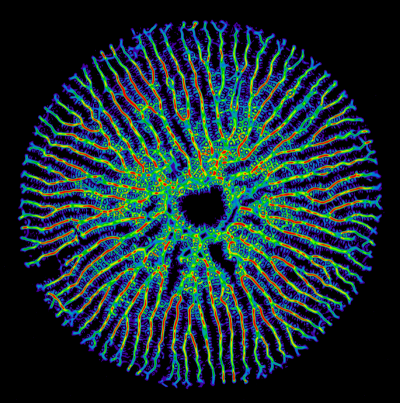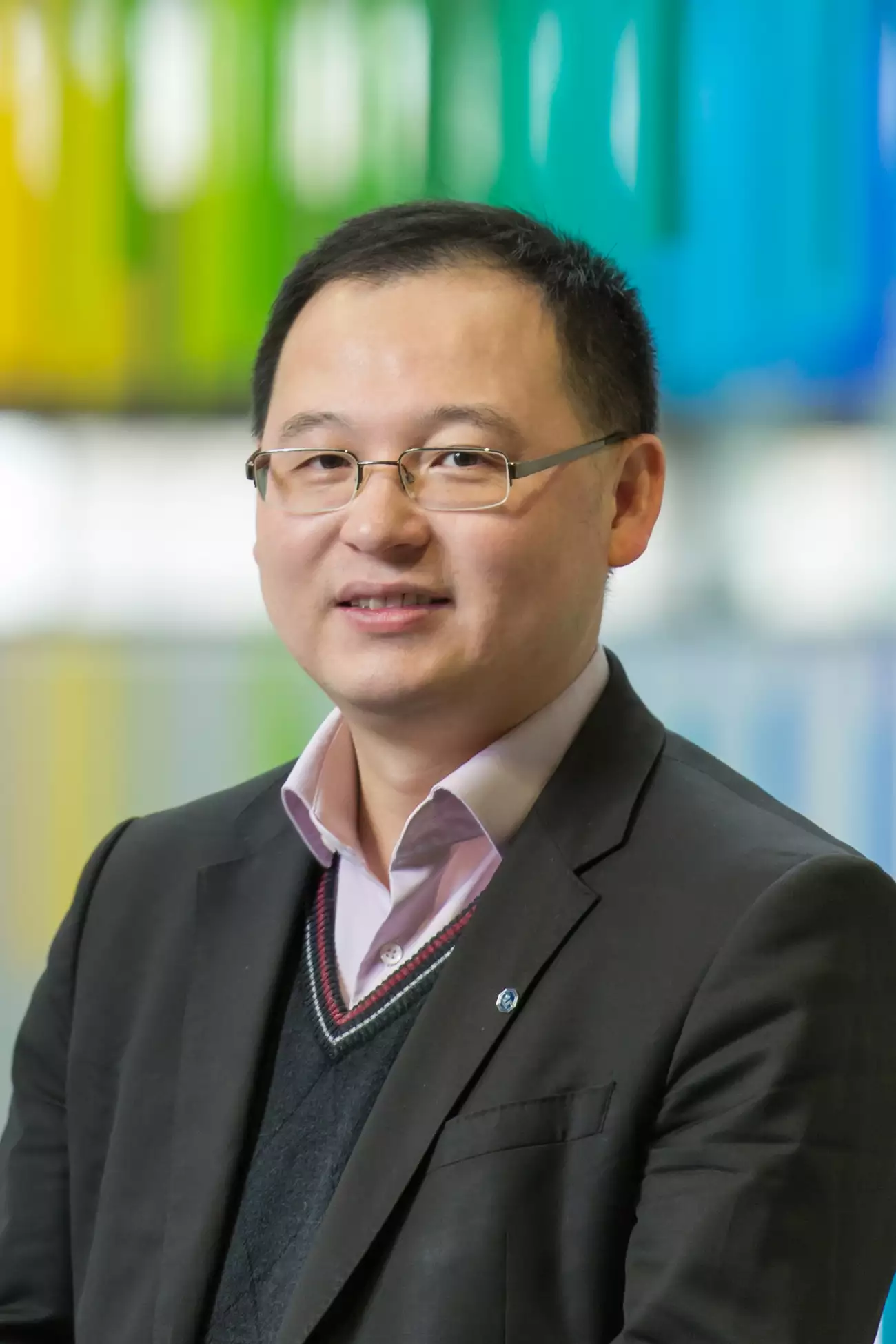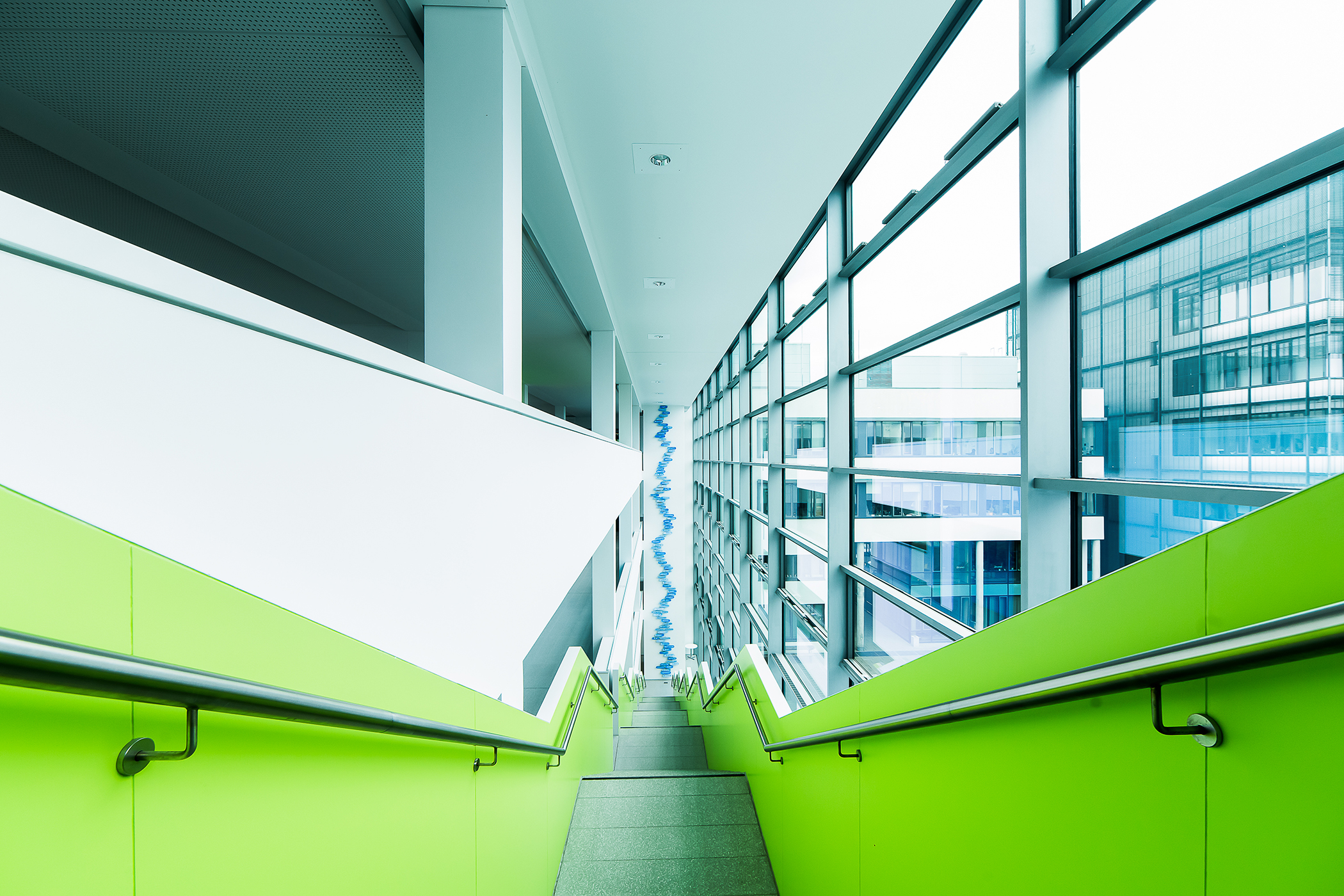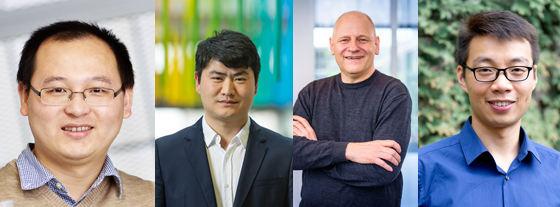Press Releases / Pressemitteilungen
Evidently Efficient: Self-organization of Informal Bus Lines in the Global South
Press release Tuesday, July 2, 2024, TUD Dresden University of Technology /// Center for Advancing Electronics Dresden (cfaed)
Published on in PRESS RELEASES

Read more … Evidently Efficient: Self-organization of Informal Bus Lines in the Global South
Branching Out: Understanding the Intricate Patterns of Diatom Silica Formation
Published on in PRESS RELEASES

Read more … Branching Out: Understanding the Intricate Patterns of Diatom Silica Formation
Prof. Xinliang Feng is elected as a member of the German National Academy of Sciences Leopoldina
Published on in PRESS RELEASES

Presseeinladung: Fachtagung „Mikroelektronik-Forschung in Deutschland: von den Grundlagen zur Anwendung“ 2024
Published on in PRESS RELEASES

Eleven TU Dresden researchers amongst the most cited worldwide - four of them connected to cfaed
Published on in PRESS RELEASES

Page 1 of 30





